A concrete house in Ecuador takes its cues from its rich natural context
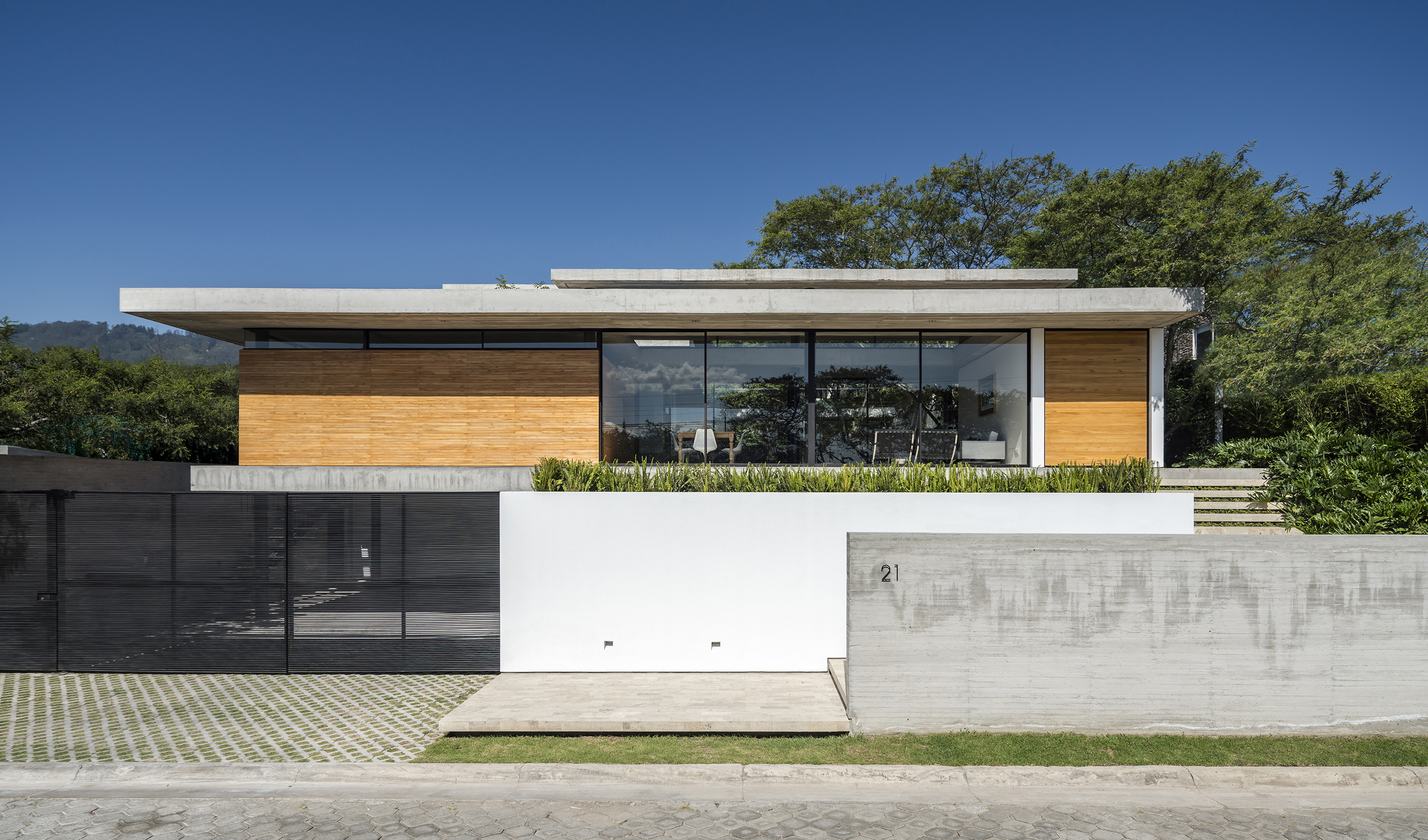
The conditioning factors of architecture can be multiple and diverse, but the context (the site and wider terrain), where a building is going to be placed, always has a special and inescapable role in its design. It can be one of many deciding factors or the celebrated, fundamental protagonist; and in the case of Casa Tacuri, a single-family house by the Ecuadorian architect Gabriel Rivera, it is the latter.
Quito, the capital of Ecuador, at almost 3000 metres of altitude, skimming the clouds right on the planet's equator, is surrounded by valleys of fascinating nature; there are different microclimates, fauna, flora and breathtaking views. Tacuri, the neighbourhood where the house is located, is such a privileged area, populated by beautiful Algarrobos trees that attract a variety of bird species.
Respecting each tree and maintaining the microclimate of the place were fundamental conditions for the architect, which is why his proposal was to create a design that allows living among the trees; the only question was, what would the correct architectural language be, for the house to engage in a meaningful dialogue with its surroundings.
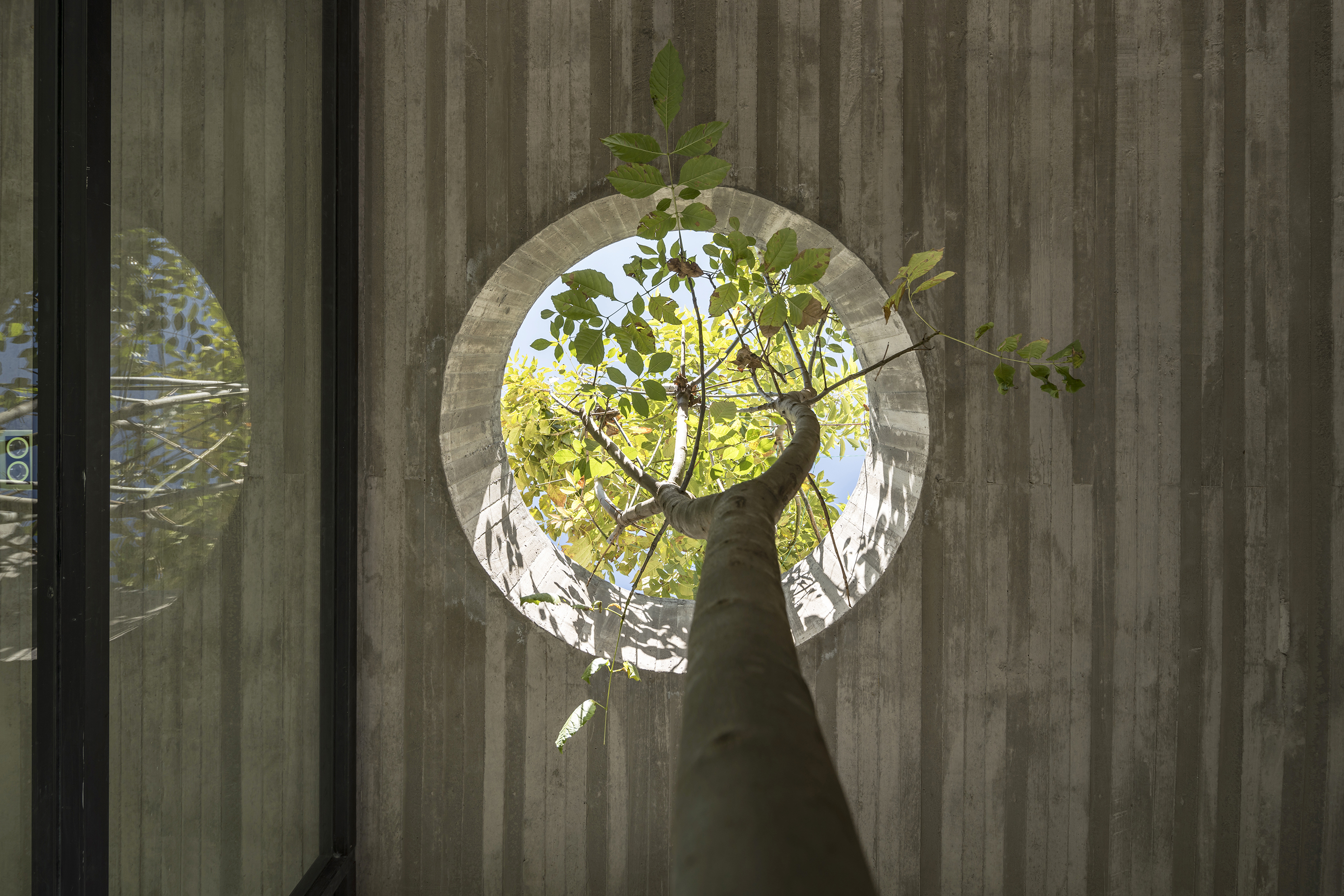
Casa Tacuri’s carefully calculated geometries enhance its relationship with the surrounding landscape.
Rivera’s answer was to work with clean, minimalist lines and precise geometry, while remaining open to the environment, enjoying the trees, the temperature and the climate. The architecture should not compete with the nature of the site, says the architect, but rather the two should integrate harmoniously. The most critical element was establishing a respectful dialogue, where nature and architecture contribute equally to the wellbeing and happiness of the inhabitants of the house.
The architect's proposal has a modernist-inspired, contemporary approach, rooted in the meticulous perfection of even the smallest detail. It was important that all the trees on the plot were saved, which led to the distribution of three different volumes perimetrally, around a central patio. The first one faces the street and contains all the social areas of the house. A second volume, spanning two levels and positioned perpendicular to the first, hosts the more private family rooms. Finally, a third building houses a study that overlooks the main courtyard. These three structures are connected through a continuous external, covered pathway that travels around the whole complex.
Rivera's house is successful in ‘reading' its locale, fitting perfectly with the topography of the land, while gently echoing nature's formations, for example where the concrete slabs hint to the trees’ foliage by floating and intersecting one another, while shaping the living spaces. Metal columns, like tree trunks, hold the slabs together in further homage to the natural topography.
Large glazed planes contain the interior spaces while connecting them visually to the surroundings. Timber floors help create domestic warmth, but also bring the texture of wood inside, enhancing Casa Tacuri's powerful sense of place.
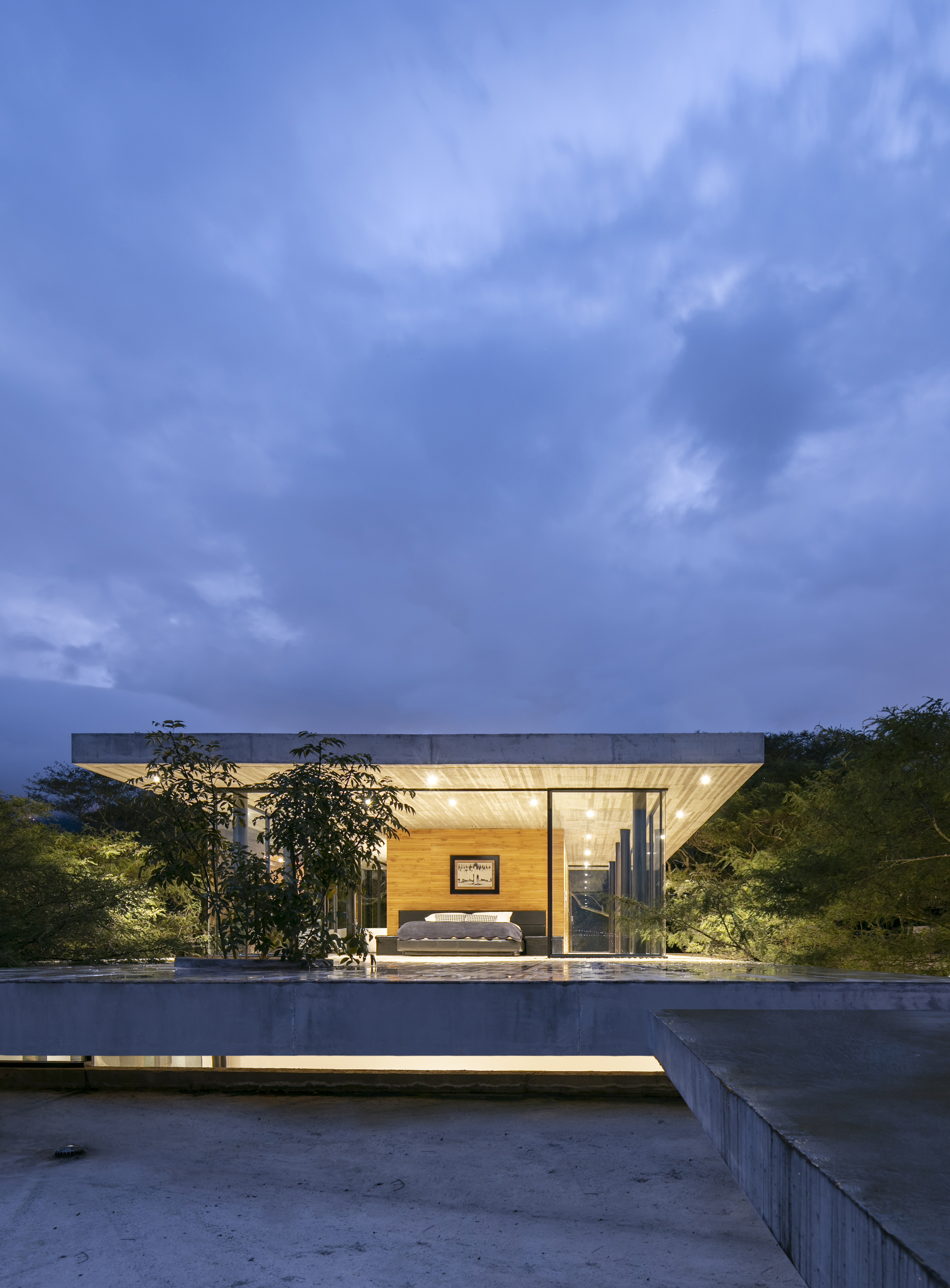
The house, a low metal, glass and concrete structure may appear urban and contemporary but primarily takes its cues from its natural context
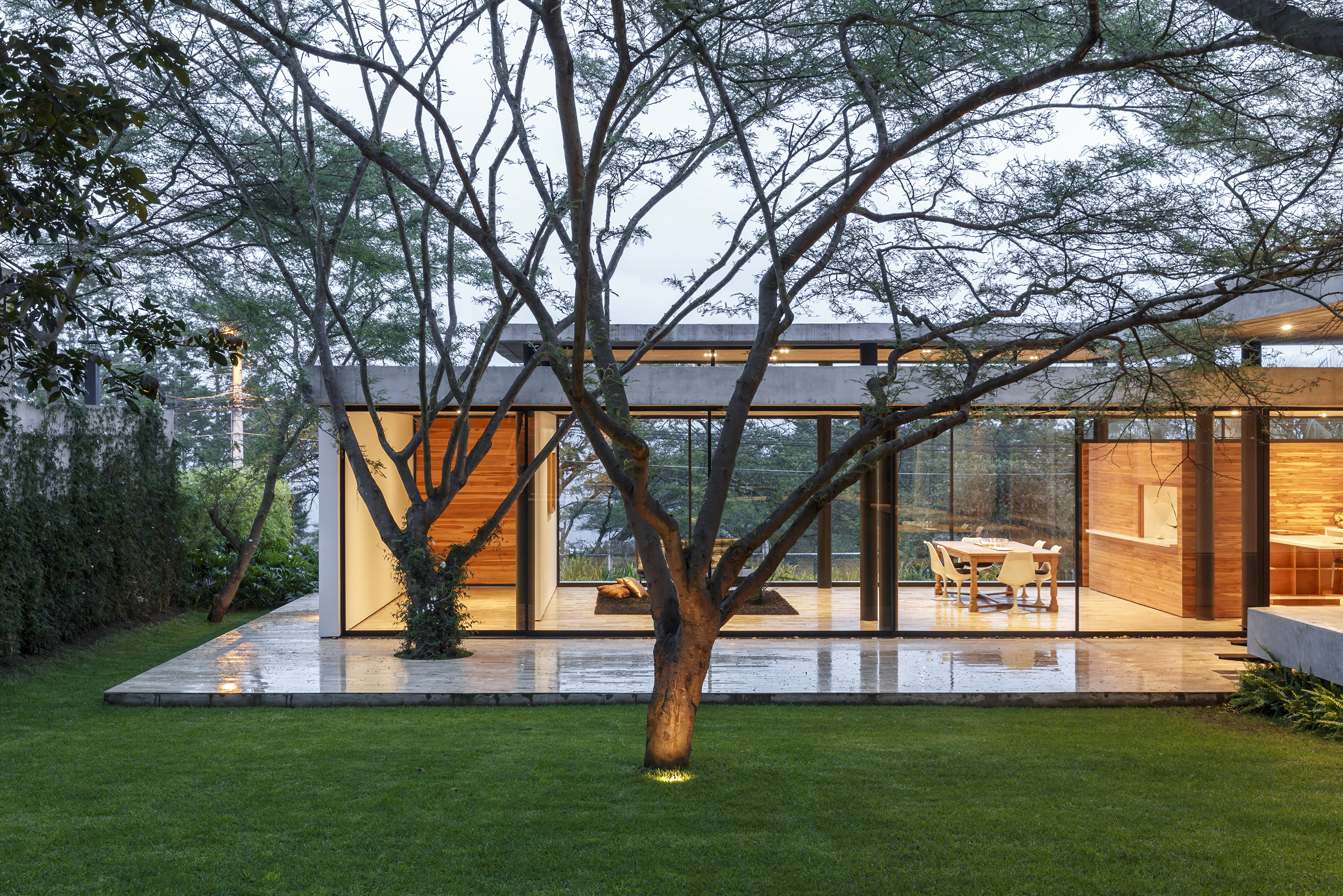
A key condition for the design was to preserve all the trees on site
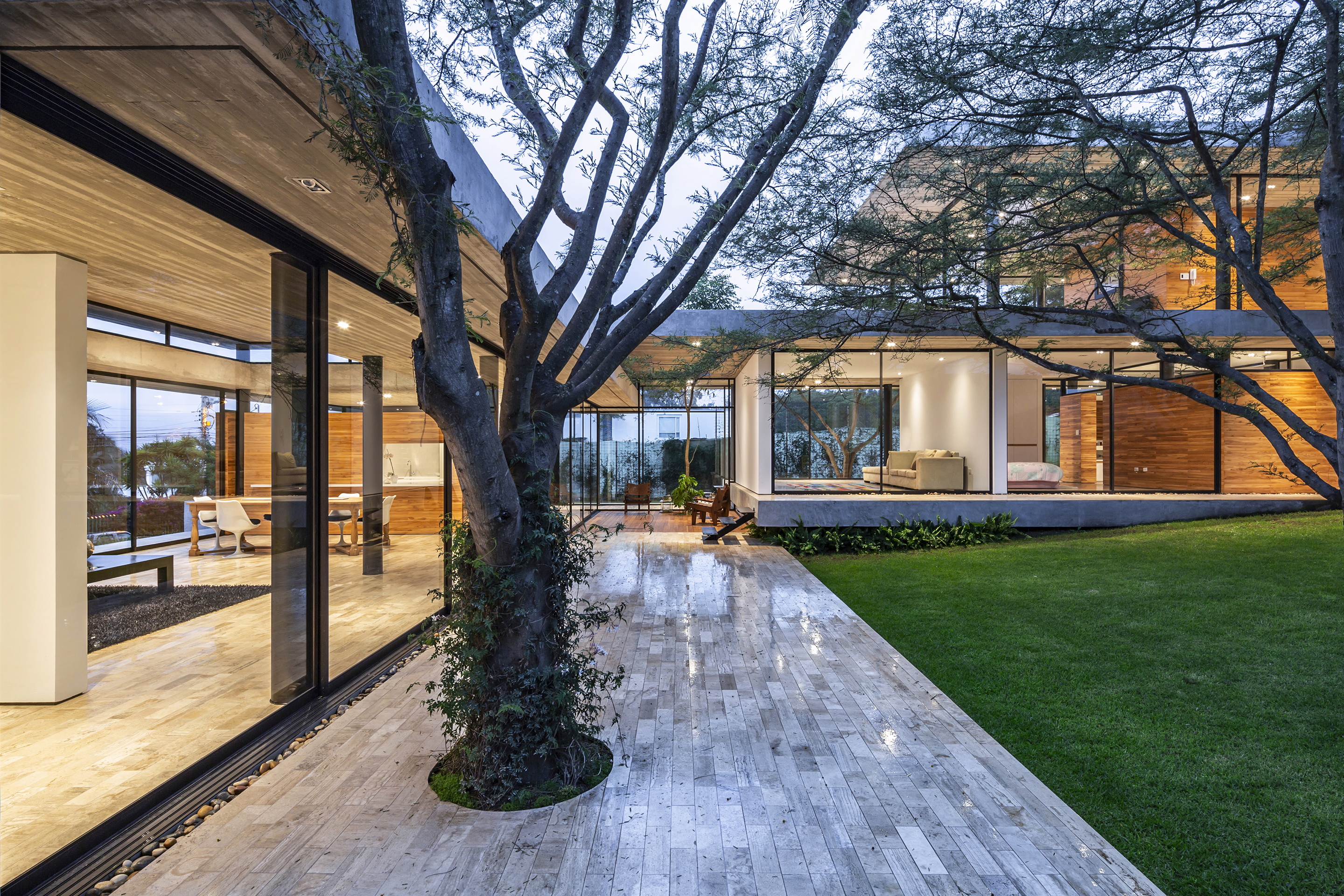
An external pathway that wraps around the house, connects all its different areas.
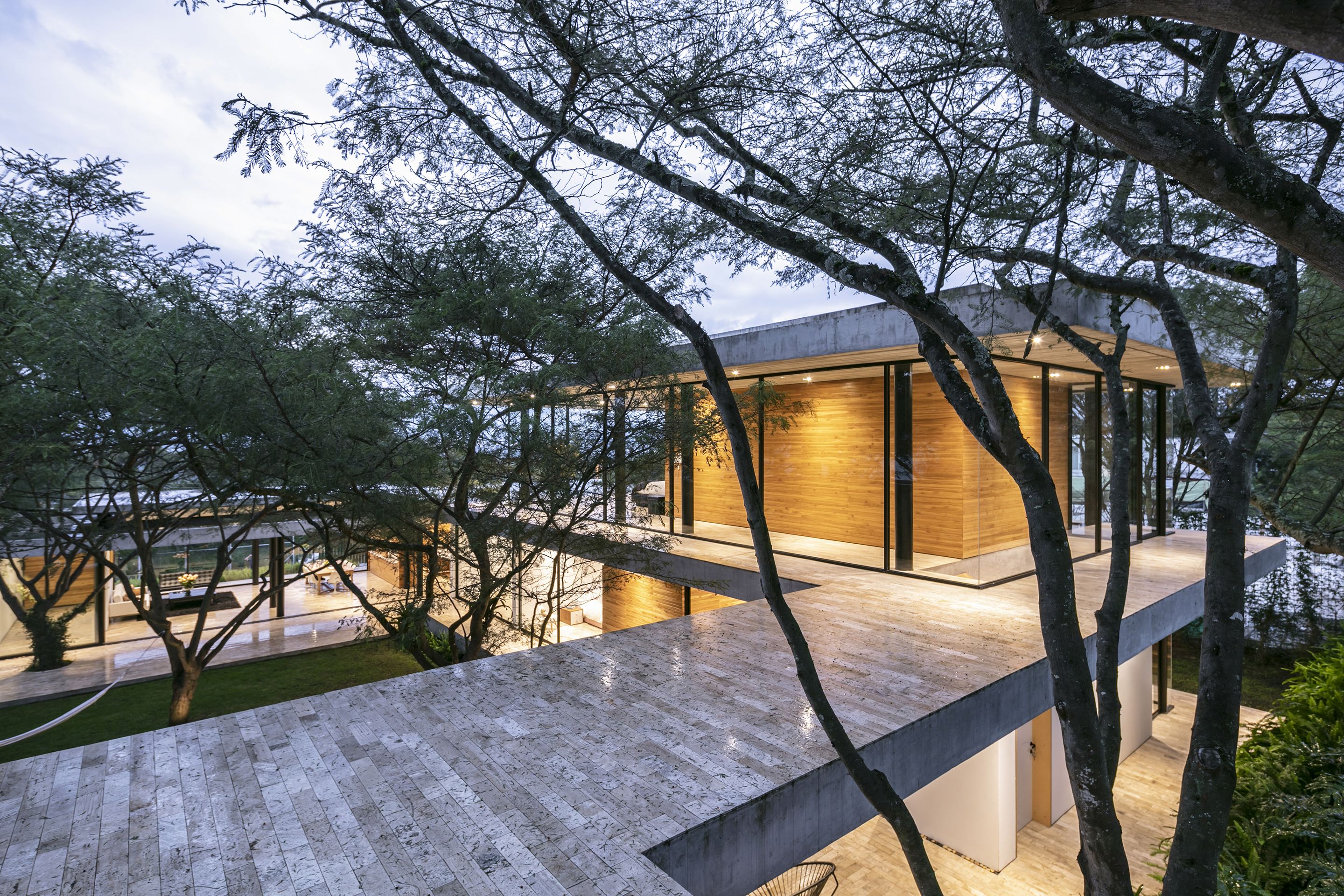
The residence is composed of three key volumes of different heights that contain all the main living spaces.
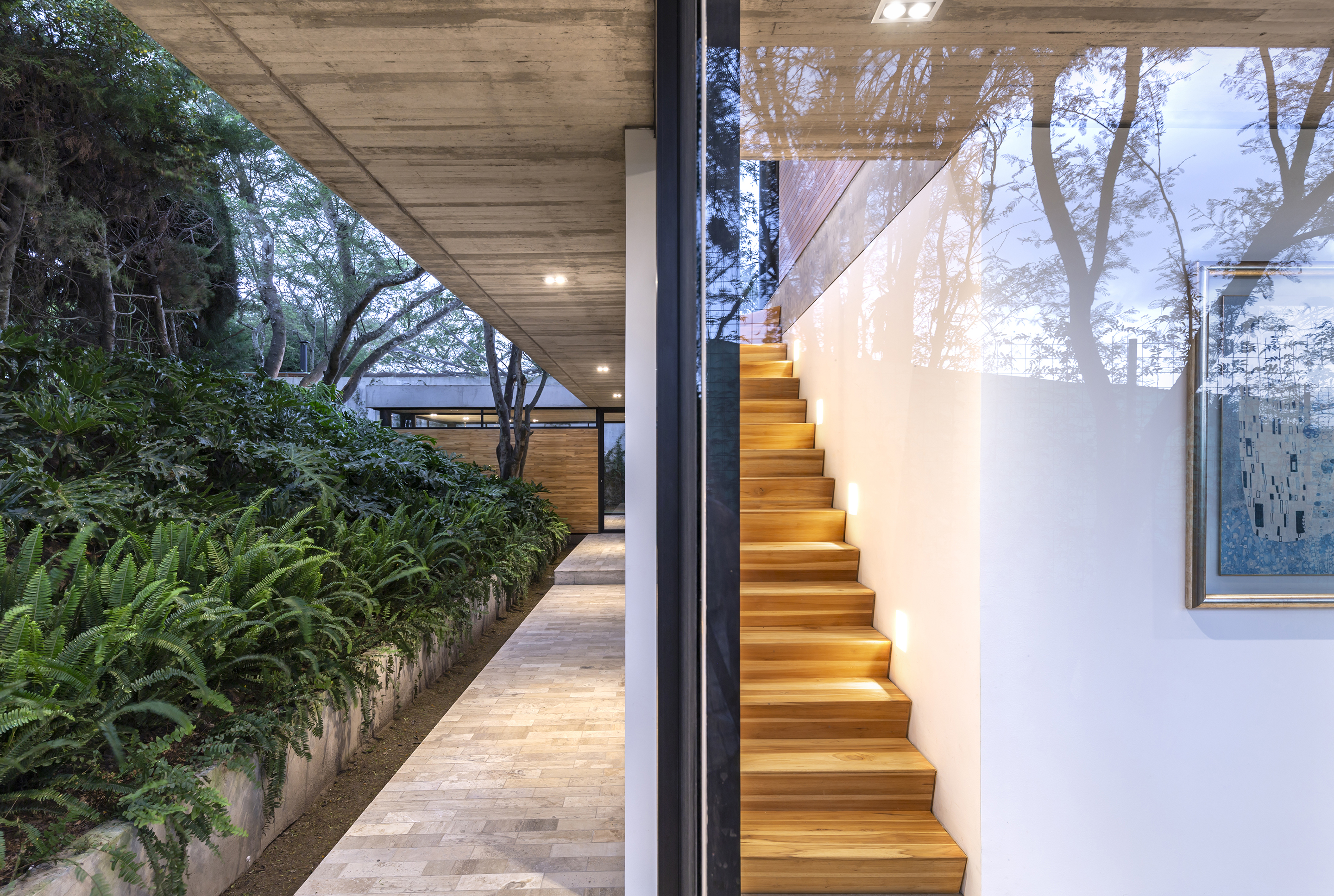
A minimalist staircase leads up to the top level.
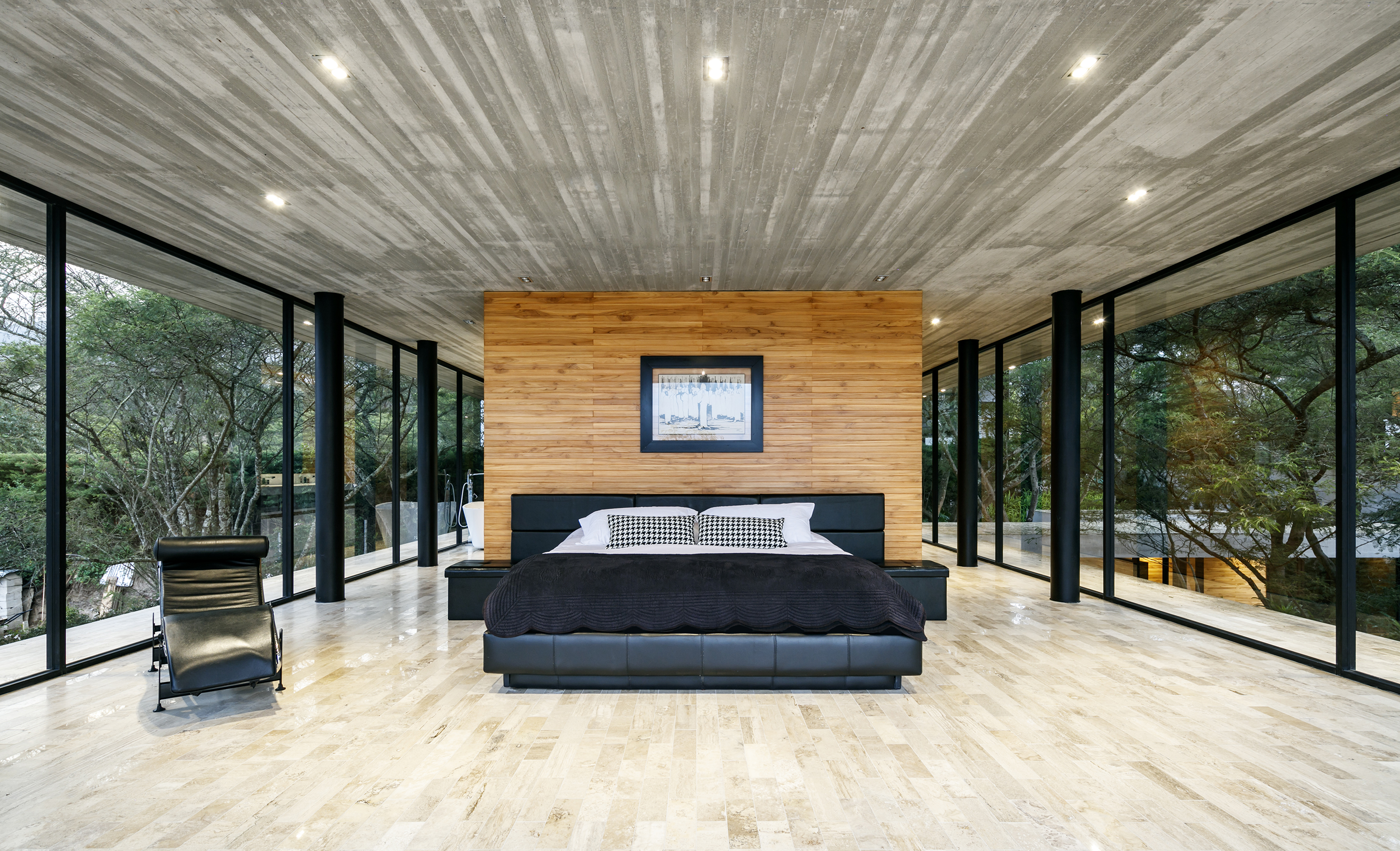
Here is located the residence's dramatic master bedroom.
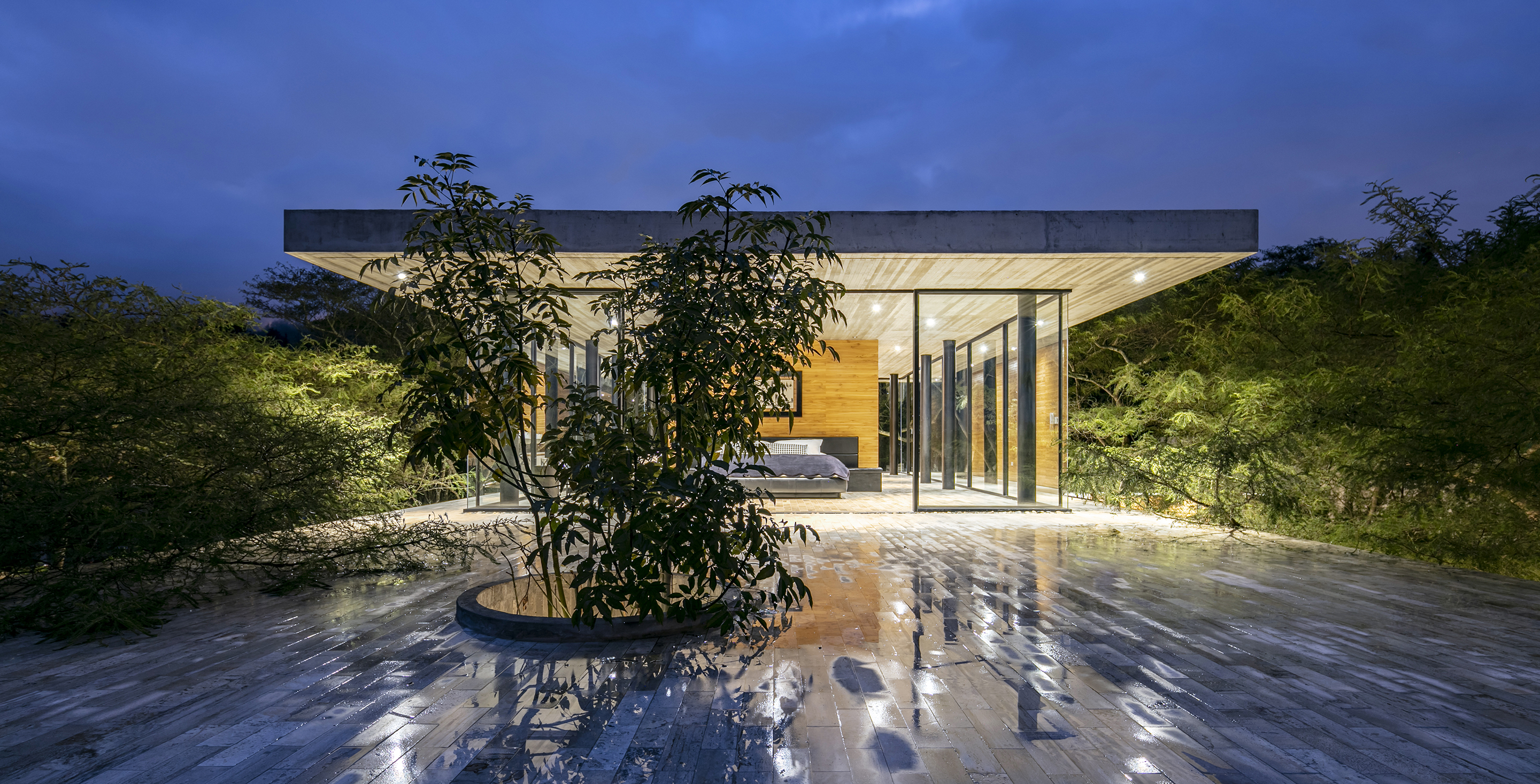
The architect ensured the green views and natural context are celebrated.
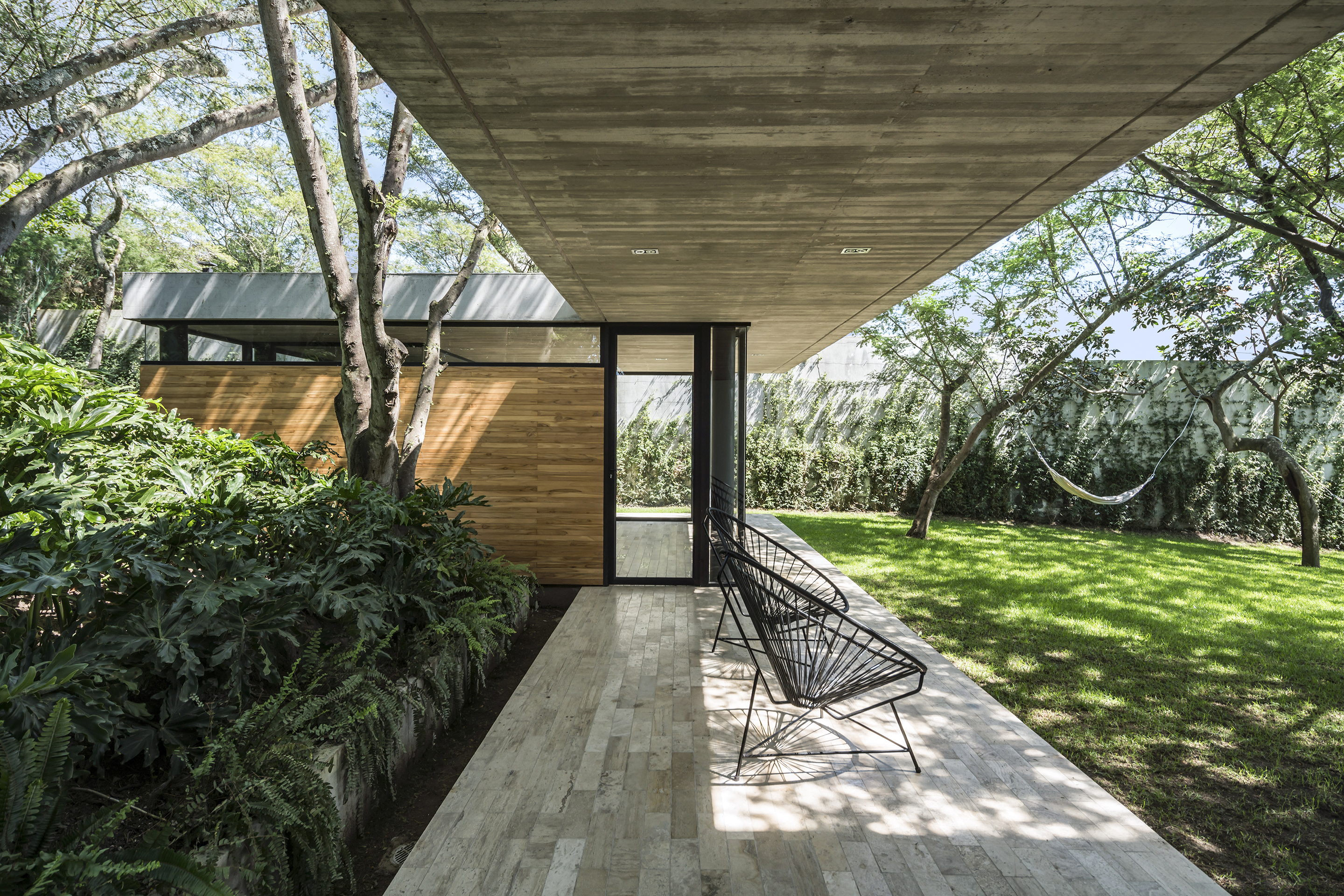
Glazed facades and large openings towards the garden strengthens the interior's connection to the outdoors
INFORMATION
For more information visit the of Gabriel Rivera Arquitectos
Receive our daily digest of inspiration, escapism and design stories from around the world direct to your inbox.
-
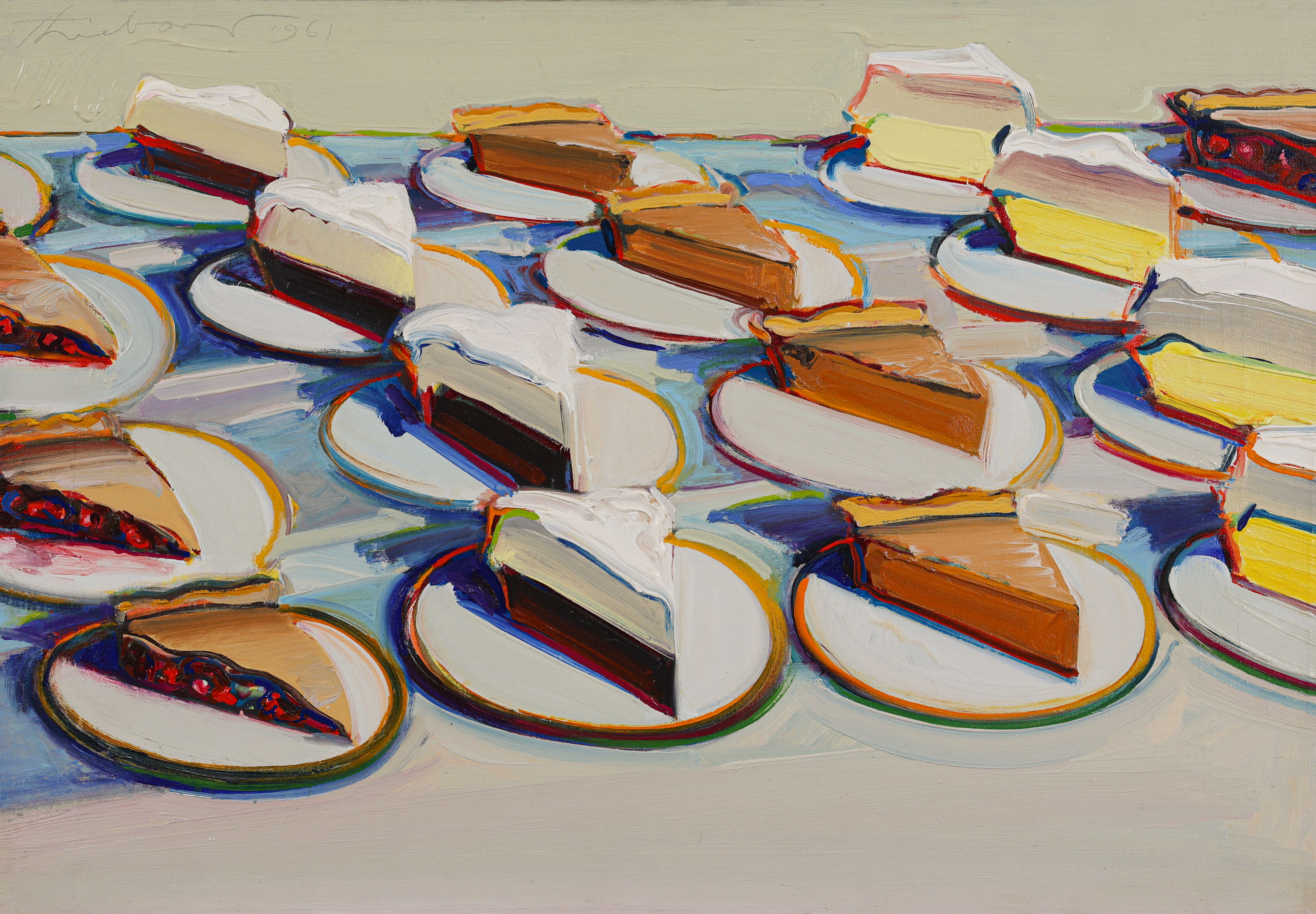 Why are Wayne Thiebaud’s paintings at the Courtauld quite so tempting?
Why are Wayne Thiebaud’s paintings at the Courtauld quite so tempting?The American artist’s thickly painted slices of cake at the Courtauld are some of our favourite artworks seen this year. What makes them so special?
-
 Taiwan’s new ‘museumbrary’ is a paradigm-shifting, cube-shaped cultural hub
Taiwan’s new ‘museumbrary’ is a paradigm-shifting, cube-shaped cultural hubPart museum, part library, the SANAA-designed Taichung Green Museumbrary contains a world of sweeping curves and flowing possibilities, immersed in a natural setting
-
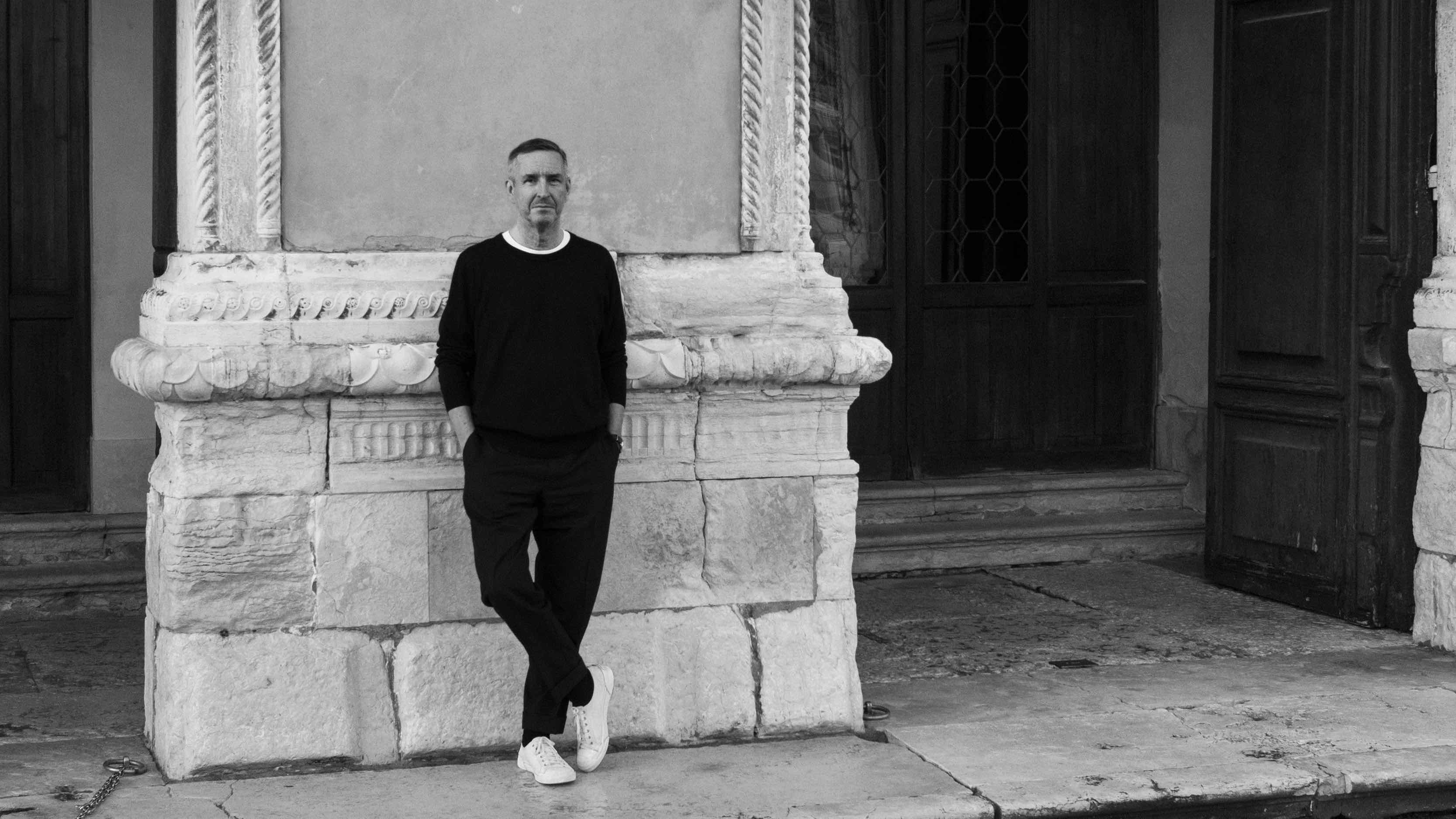 Dries van Noten on why he's building a new home for craft in Venice
Dries van Noten on why he's building a new home for craft in VeniceA year after departing the runway, Dries van Noten unveils his next chapter: the Fondazione Dries Van Noten, a newly announced cultural initiative in Venice celebrating craft in all its forms. Wallpaper* meets the designer to find out why he’s not ready to retire.
-
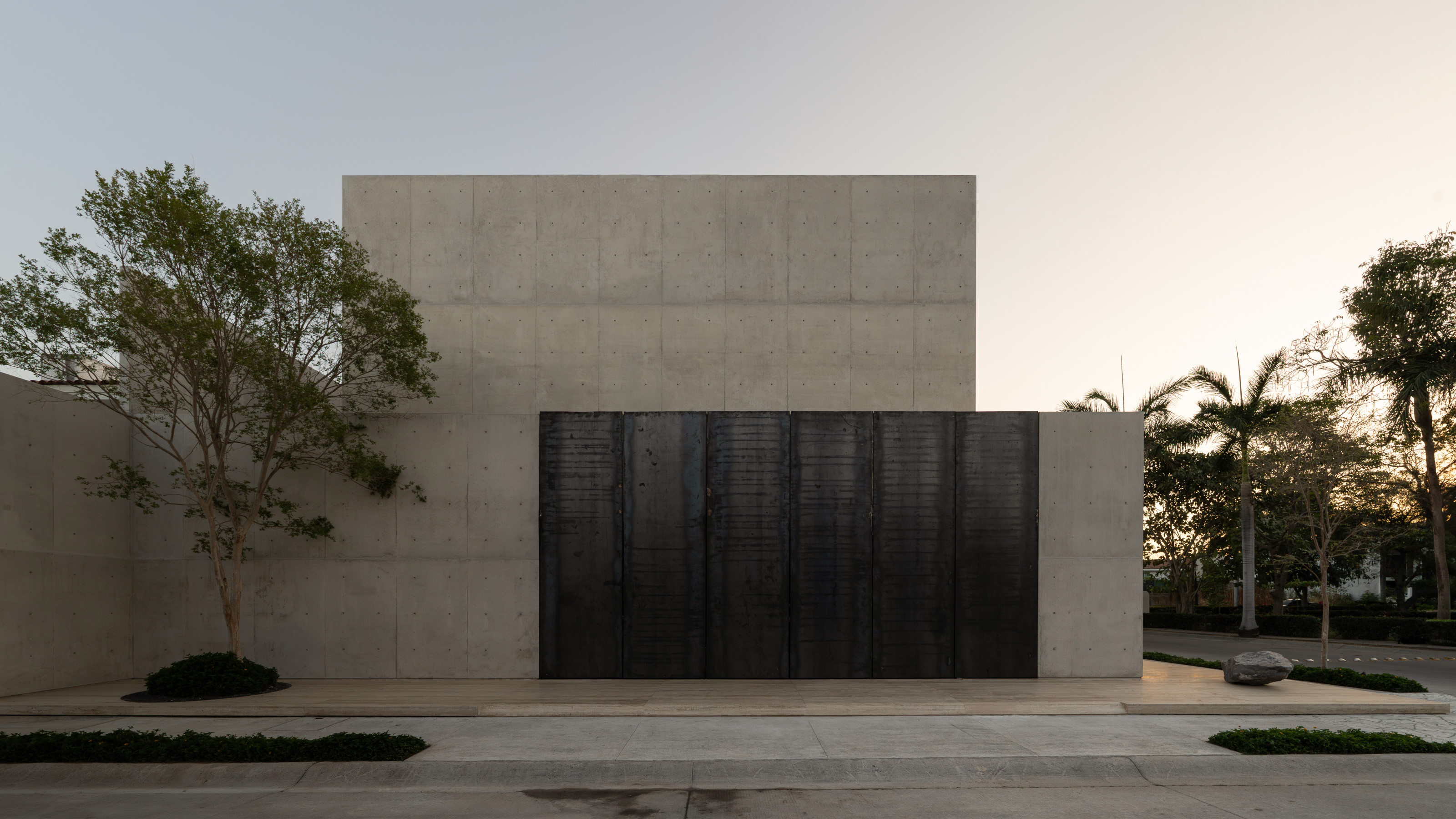 A beautifully crafted concrete family house in a Mexican suburb is a contemplative oasis
A beautifully crafted concrete family house in a Mexican suburb is a contemplative oasisHW Studio have shaped a private house from raw concrete, eschewing Brutalist forms in favour of soft light, enclosed spaces and delicate geometries
-
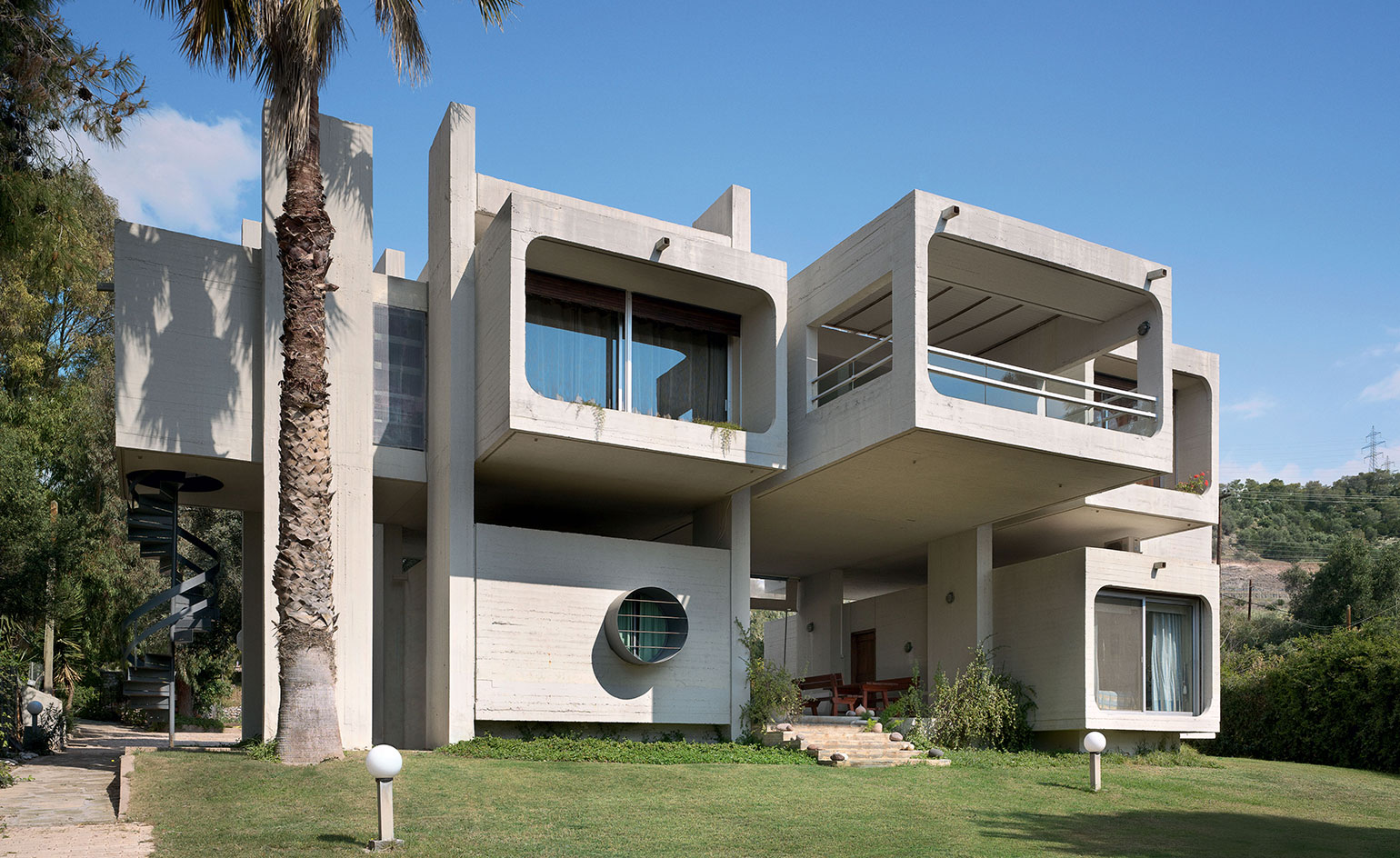 Remembering Alexandros Tombazis (1939-2024), and the Metabolist architecture of this 1970s eco-pioneer
Remembering Alexandros Tombazis (1939-2024), and the Metabolist architecture of this 1970s eco-pioneerBack in September 2010 (W*138), we explored the legacy and history of Greek architect Alexandros Tombazis, who this month celebrates his 80th birthday.
-
 Sun-drenched Los Angeles houses: modernism to minimalism
Sun-drenched Los Angeles houses: modernism to minimalismFrom modernist residences to riveting renovations and new-build contemporary homes, we tour some of the finest Los Angeles houses under the Californian sun
-
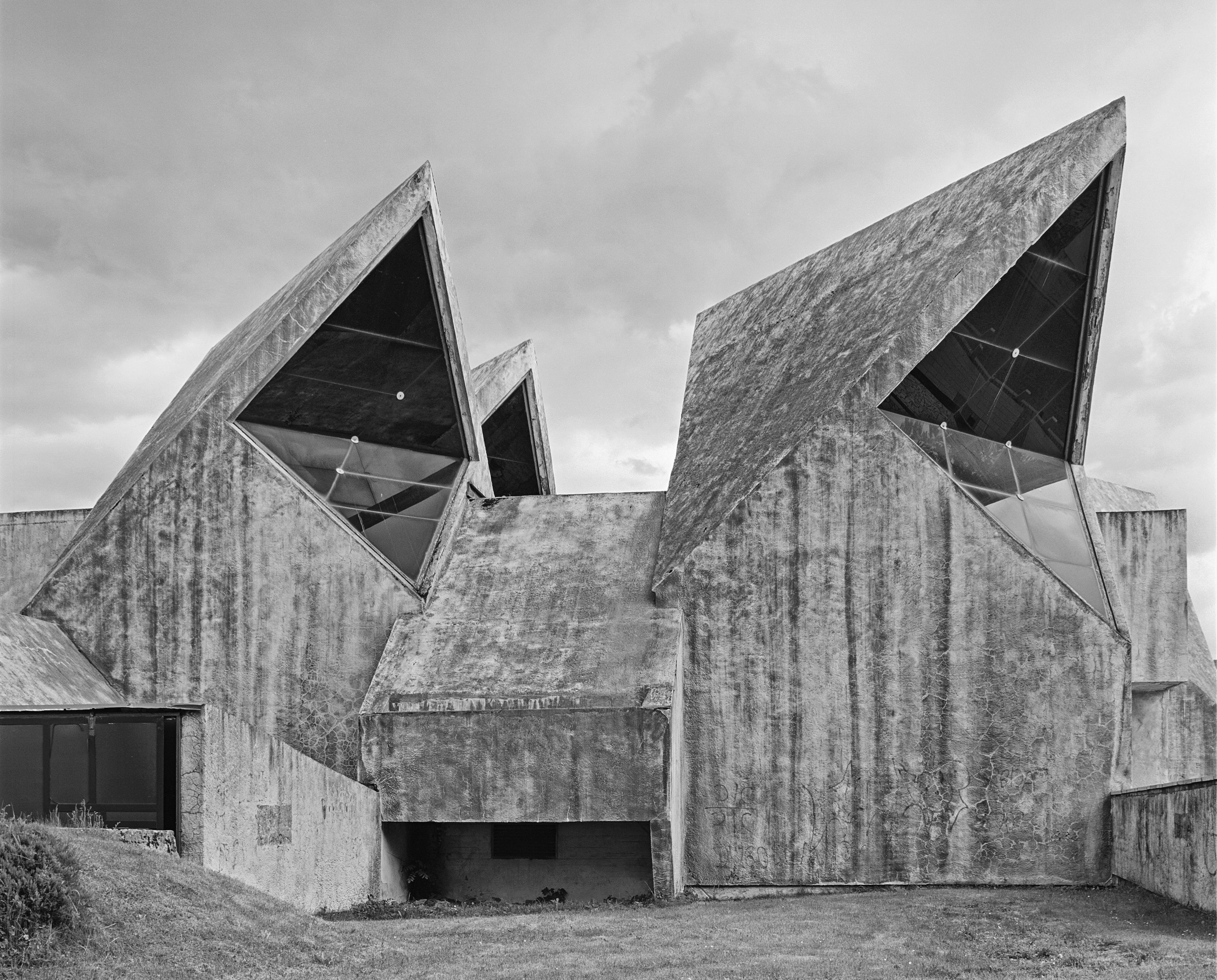 All hail the power of concrete architecture
All hail the power of concrete architecture‘Concrete Architecture’ surveys more than a century’s worth of the world’s most influential buildings using the material, from brutalist memorials to sculptural apartment blocks
-
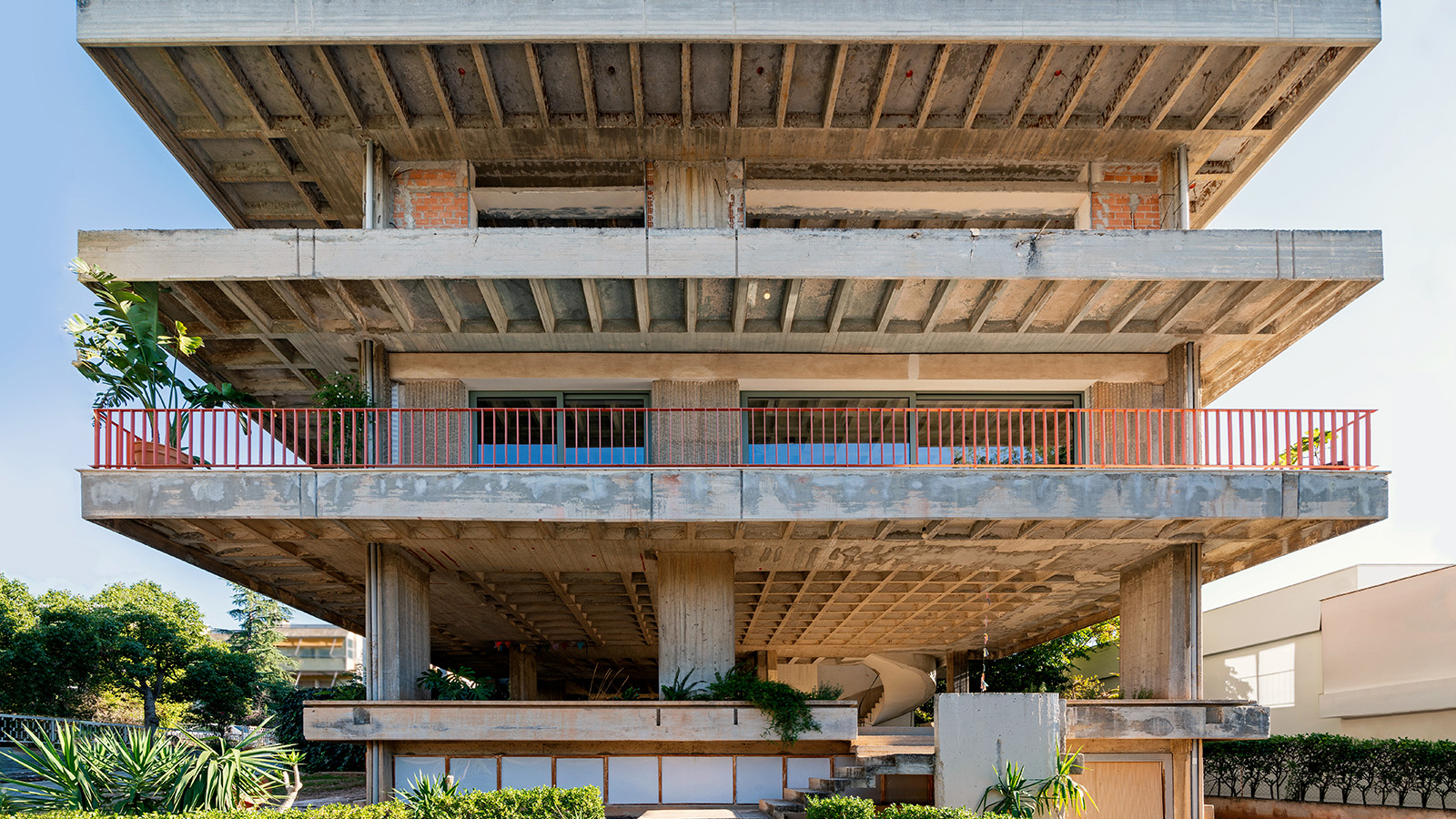 Three Object Apartment embraces raw concrete honesty in the heart of Athens
Three Object Apartment embraces raw concrete honesty in the heart of AthensThree Object Apartment by DeMachinas is a raw concrete home in Athens, which confidently celebrates its modernist bones
-
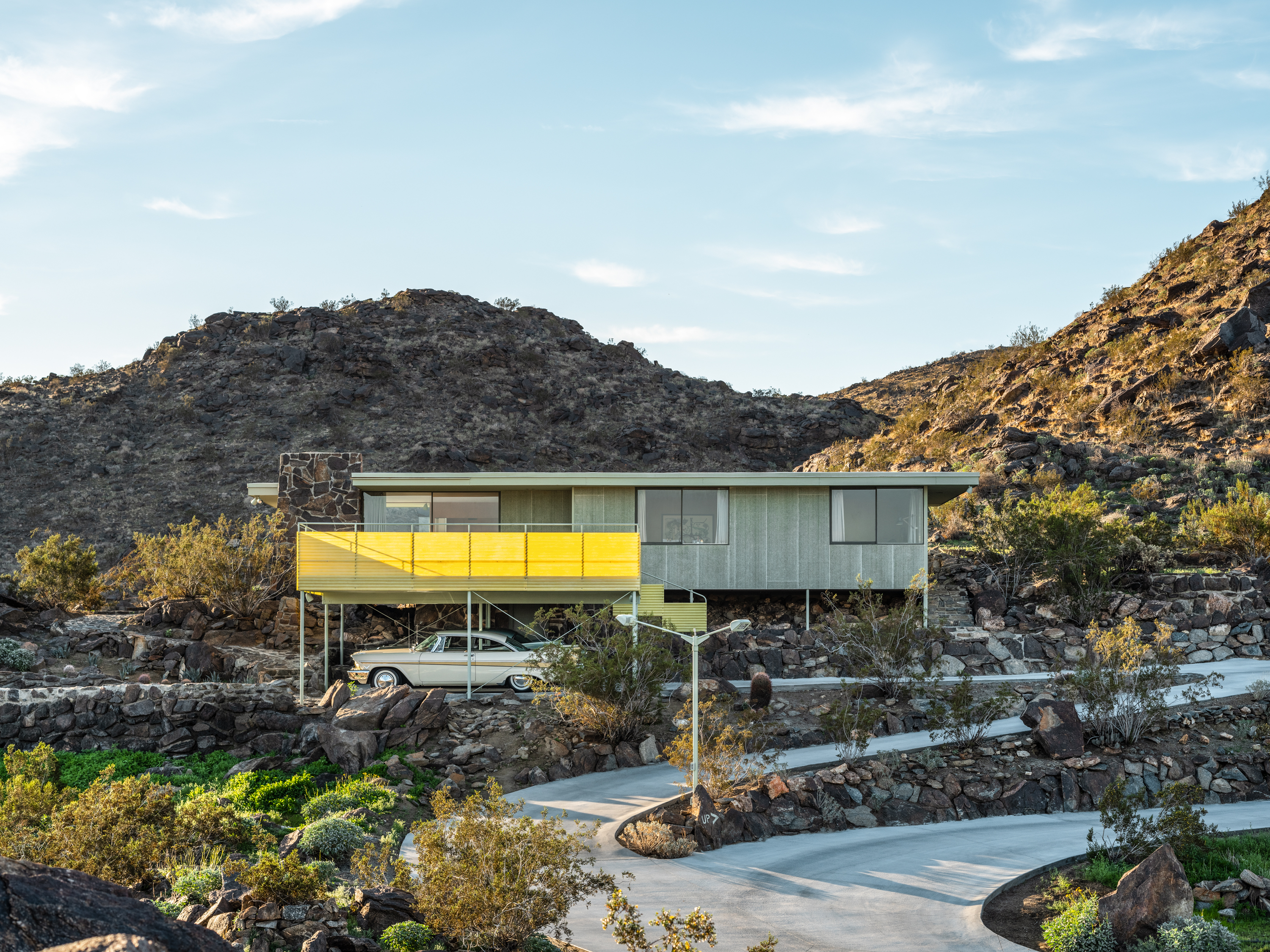 Modernist architecture: inspiration from across the globe
Modernist architecture: inspiration from across the globeModernist architecture has had a tremendous influence on today’s built environment, making these midcentury marvels some of the most closely studied 20th-century buildings; here, we explore the genre by continent
-
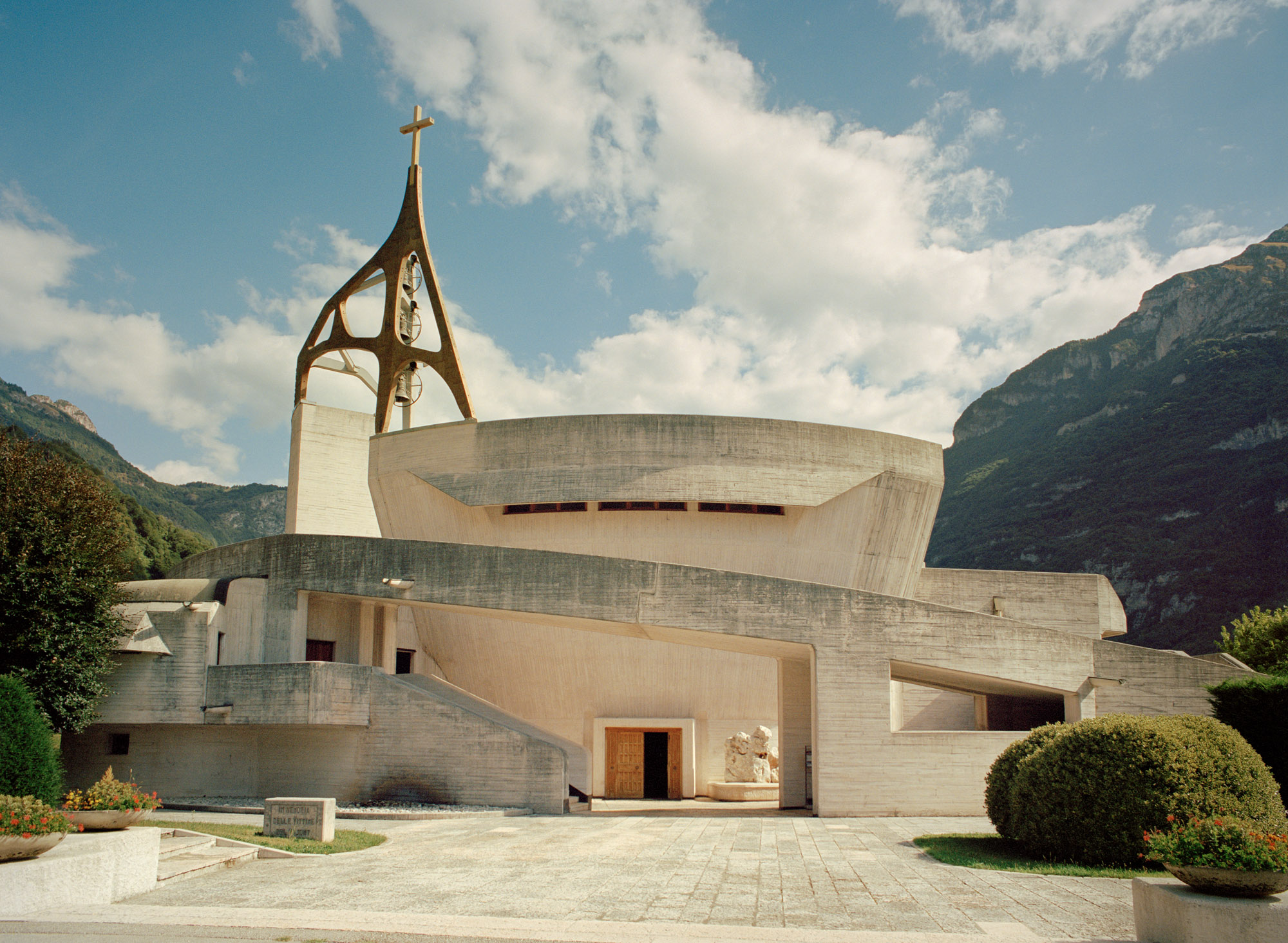 Giovanni Michelucci’s dramatic concrete church in the Italian Dolomites
Giovanni Michelucci’s dramatic concrete church in the Italian DolomitesGiovanni Michelucci’s concrete Church of Santa Maria Immacolata in the Italian Dolomites is a reverently uplifting memorial to the victims of a local disaster
-
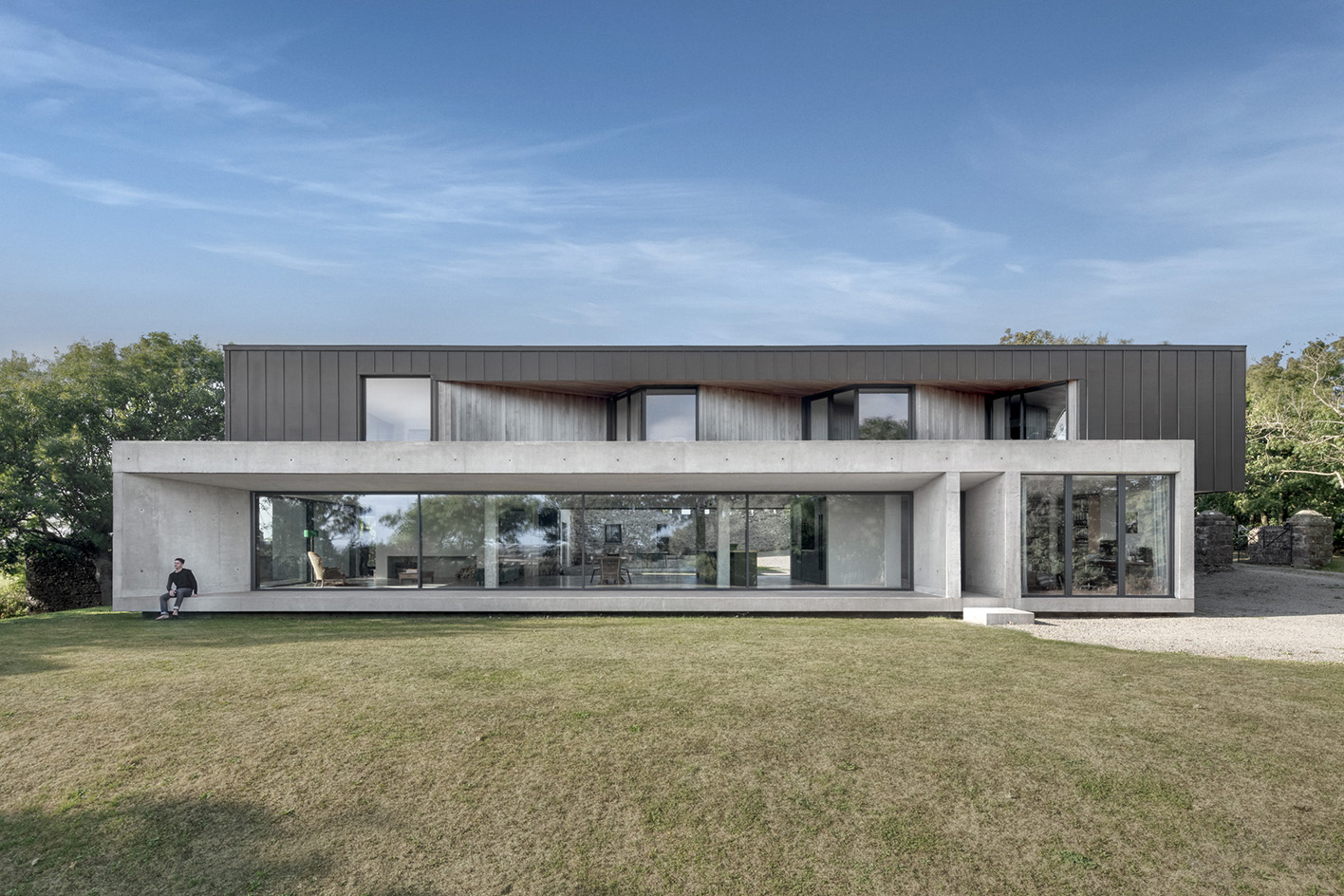 Minimalist architecture: homes that inspire calm
Minimalist architecture: homes that inspire calmThese examples of minimalist architecture place life in the foreground – clutter is demoted; joy promoted